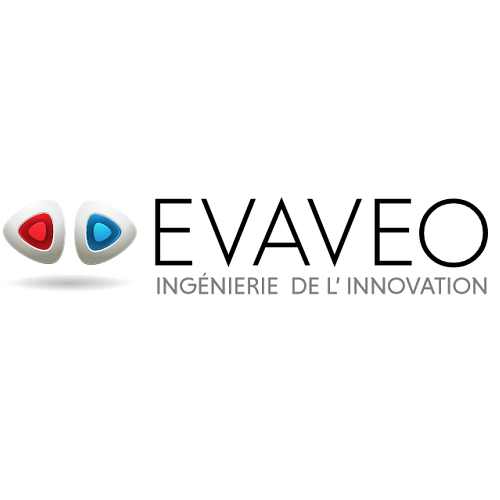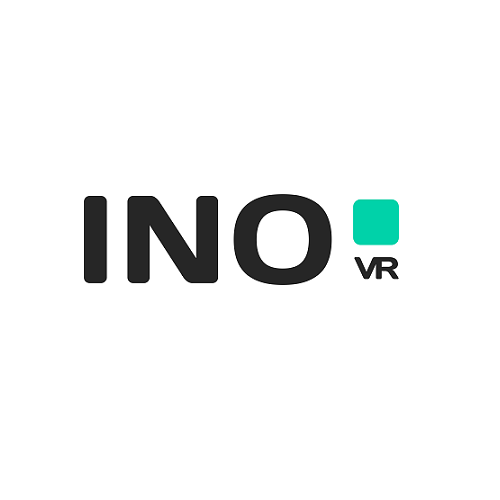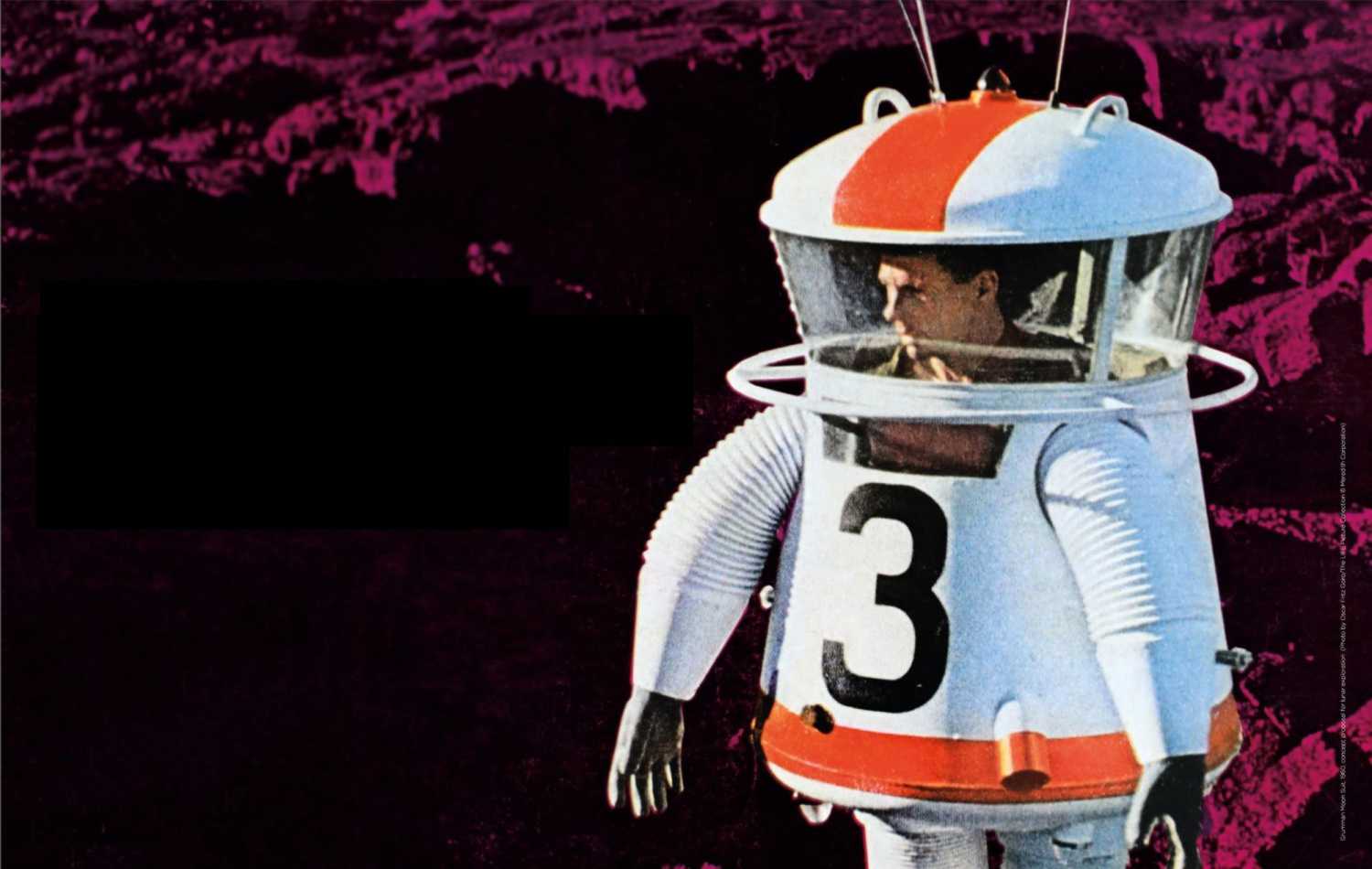
In collaboration with the Centre national d’études spatiales (Cnes), the Cité du design is interested in the challenges of design for a transition to a new space age. The exhibition is embodied in various projects by designers, artists, engineers, architects and authors, in order to explore the intersections of this epic that enchants and worries us, and that transports us into the fields of science, design and the imaginary.
The tracks of moon rovers and Mars rovers have joined Neil Armstrong’s bootprints. These are a kind of throwback to the human footsteps in the Magdalanian caves and remind us that, between dreams of faraway places, curiosity and territorial ambition, human beings have never stopped advancing into ever more varied biotopes and in doing so, have developed their knowledge and tools. Without talking about prehistoric design, on close examination prehistoric tools reveal a lot - perfectly shaped for their function, complex in their execution, materials carefully chosen for their quality and undeniably aesthetic.
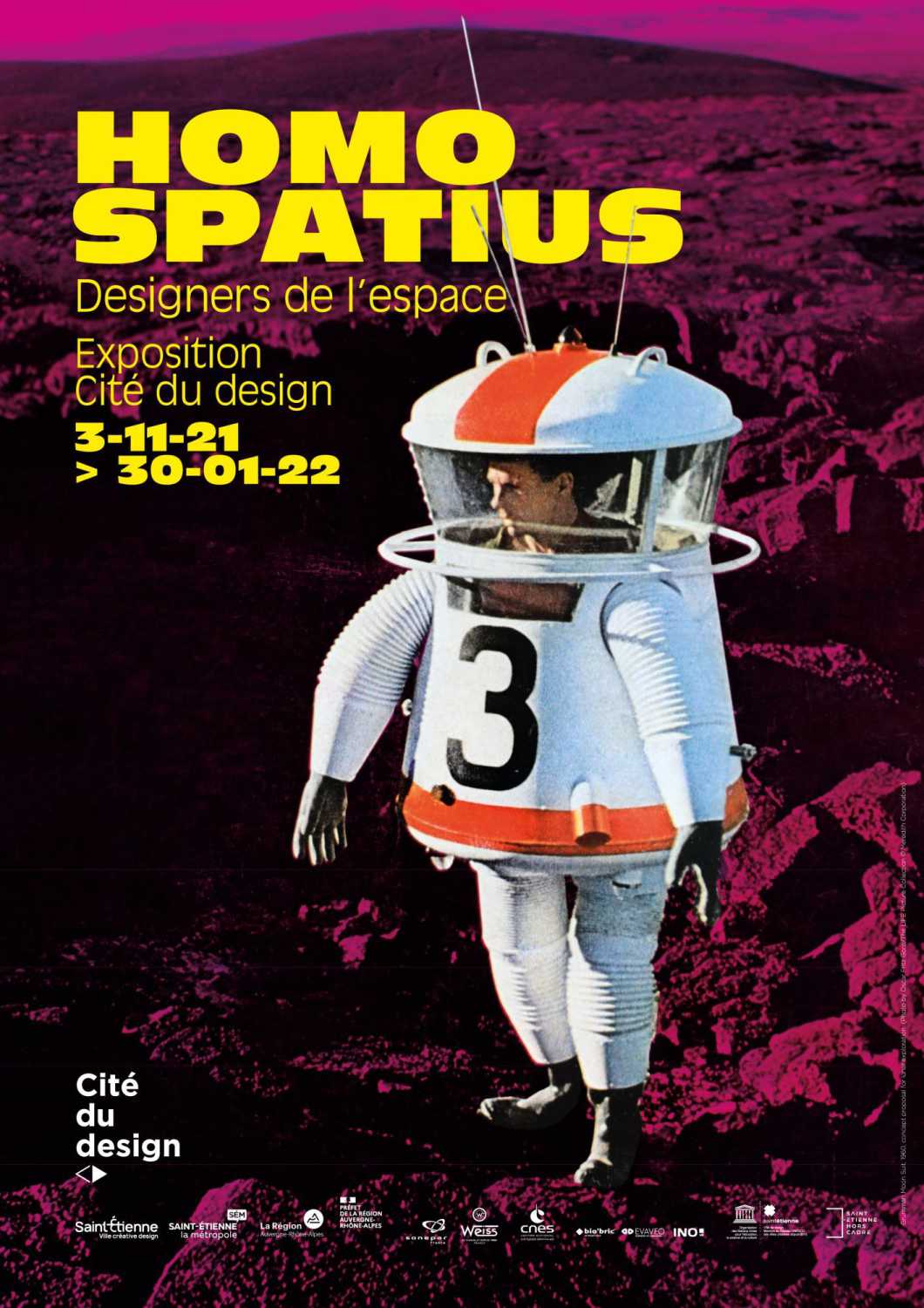
The exhibition explores how the paths of these two epic stories cross and feed off each other, with periods of great intensity. The shift to the modern era gave rise to a flurry of activity populated with adventurer-astronomers, scientist-men of letters, craftsmen-inventors. A collective desire has developed that draws on still recent exploits in seafaring and navigation, a standard of forms and images has developed and a desire to explore the universe that has led to space travel and the great space observatories we know today. And literature, cinema, theme parks are now all effective vectors supporting the human aspiration to venture out into space.
One area where design clearly makes its mark is on living spaces, whether in space or on Earth. As the space age dawns, architects will undoubtedly be thinking up new, connected, ephemeral or floating urban utopias. In the atmosphere of optimism generated by recent feats in space, designers are also finding new things to explore with the appearance of new materials.
Finally, the current decade has seen a dual momentum building: the preparation of a long-term, larger presence of humans in orbit, but also on the Moon, and that of a return from space back to Earth, due to the focus on climate issues in particular.
Plenty to keep fuelling what are now becoming time-honoured interactions. From booster to rocket launcher, from telescope to satellite, from space suits for all to furniture, the exhibition sketches out a twin path.
From Homo Sapiens to Homo Spatius
According to pre-historians, Sapiens (modern human) were already preoccupied with the functionality and adaptability of the shape and function of their tools, but also their aesthetics. A million before Sapiens arrived on the scene, Homo habilis, known as “handy man”, was already capable of designing tools to meet their needs, a sort of designer ahead of the times. The most common definitions of design mention matching form to function. Palaeontologist André Leroi-Gourhan wrote this on the subject: the prehistoric tool (biface, scraper, knife, etc.) “highly adapted to its particular use, testifies to the quality of the encounter between function and form”. Sapiens also showed great adaptability; armed with tools fashioned from stone and bone, they emerged from their African cradle and managed to populate every continent. Today, they are considering leaving planet Earth to undertake a celestial voyage and conquer new territories. This adventure has already given us new global heroes, Yuri Gagarin and Neil Armstrong the first among them.
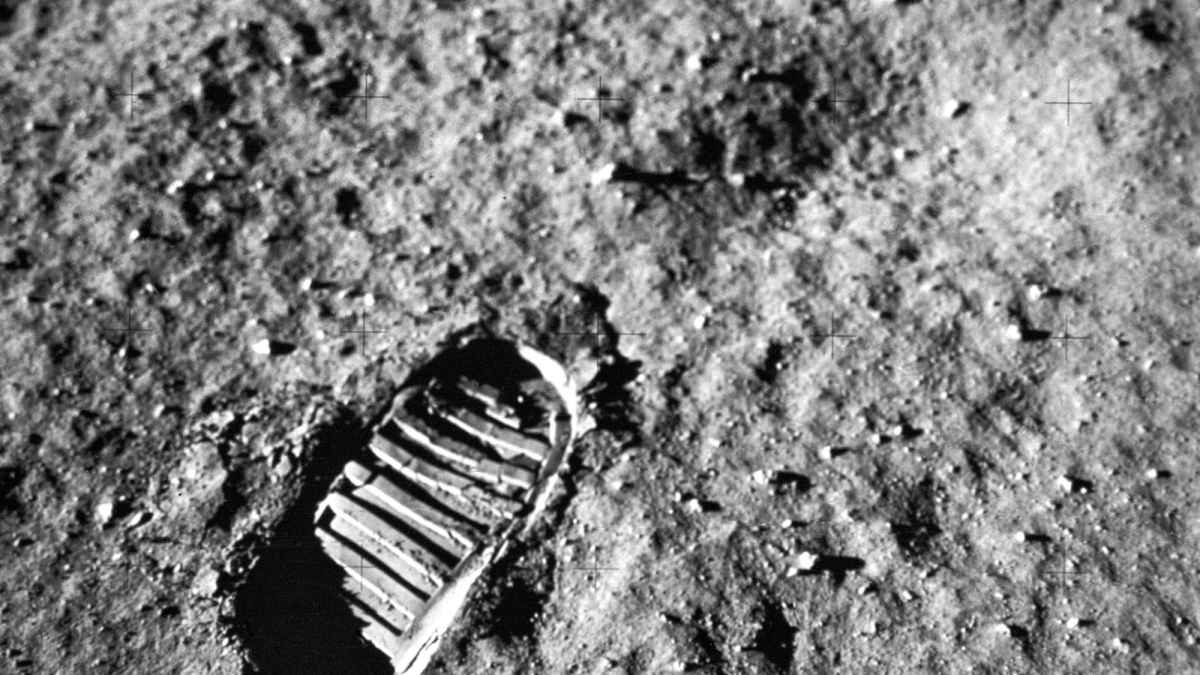
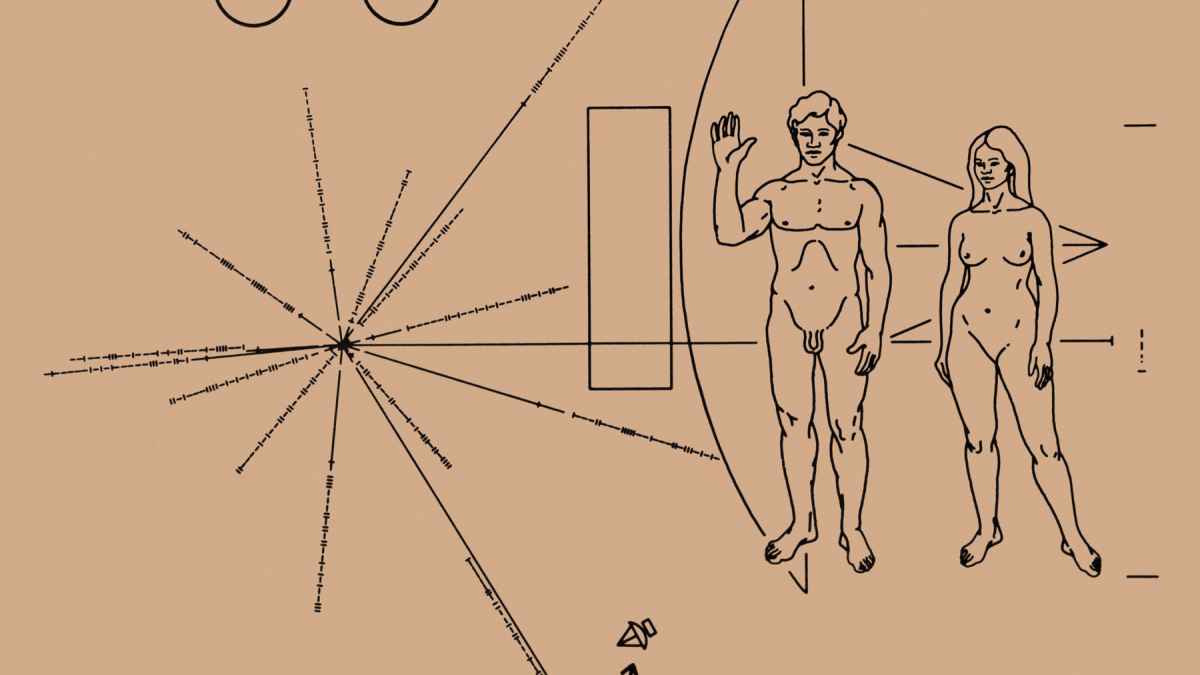
From Inventor to Designer
Although humans have dreamed about it for thousands of years, the celestial journey went through many stages before becoming a reality, including conquering the Earth itself. This longing for the faraway was grist to the mill of inventors in the past, who employed an approach similar to that of designers today: the notion that the solution is born from the constraint. The methods are not the same, but we find the same preoccupations: creating instruments to take measurements of the world and to respond to the new challenges of a possible future elsewhere. Designing and adapting tools to explore more and more what the unknown might look like. The first circumnavigations of the Earth modified our representation of the world and mapping instruments have become the tools of a language common to every continent. These voyages, which required seafarers to go far away and for long periods, are not dissimilar to the long and perilous journeys of the future navigators of the heavens, the astronauts who will be going to the planet Mars.
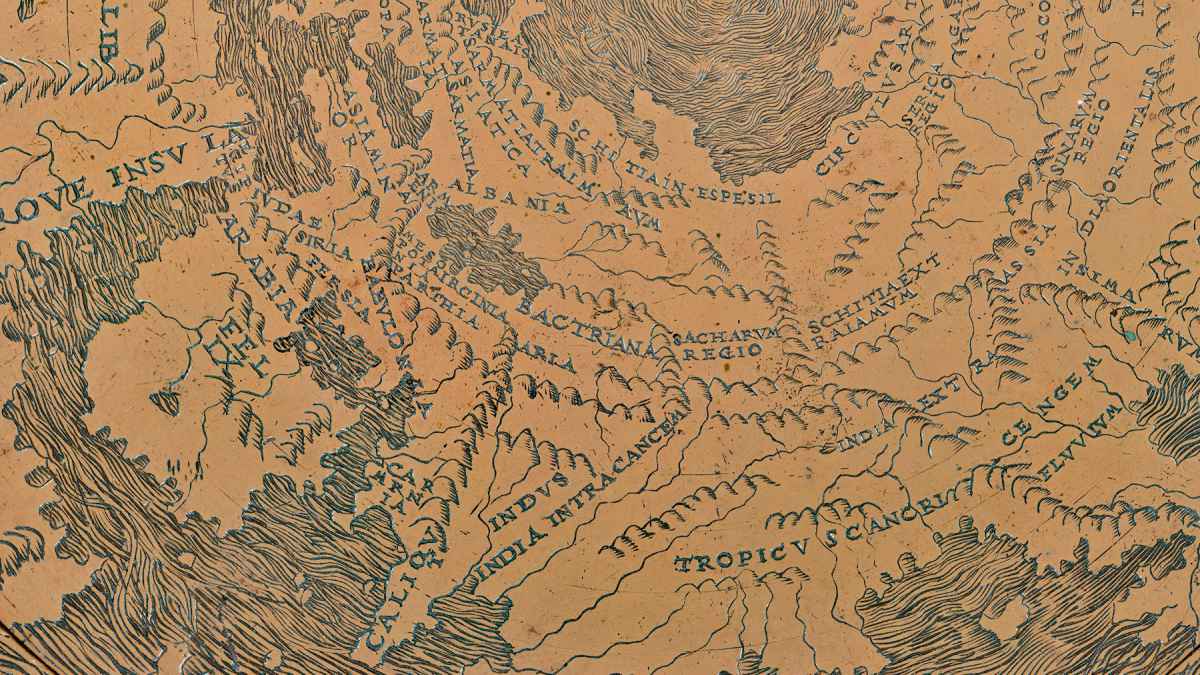
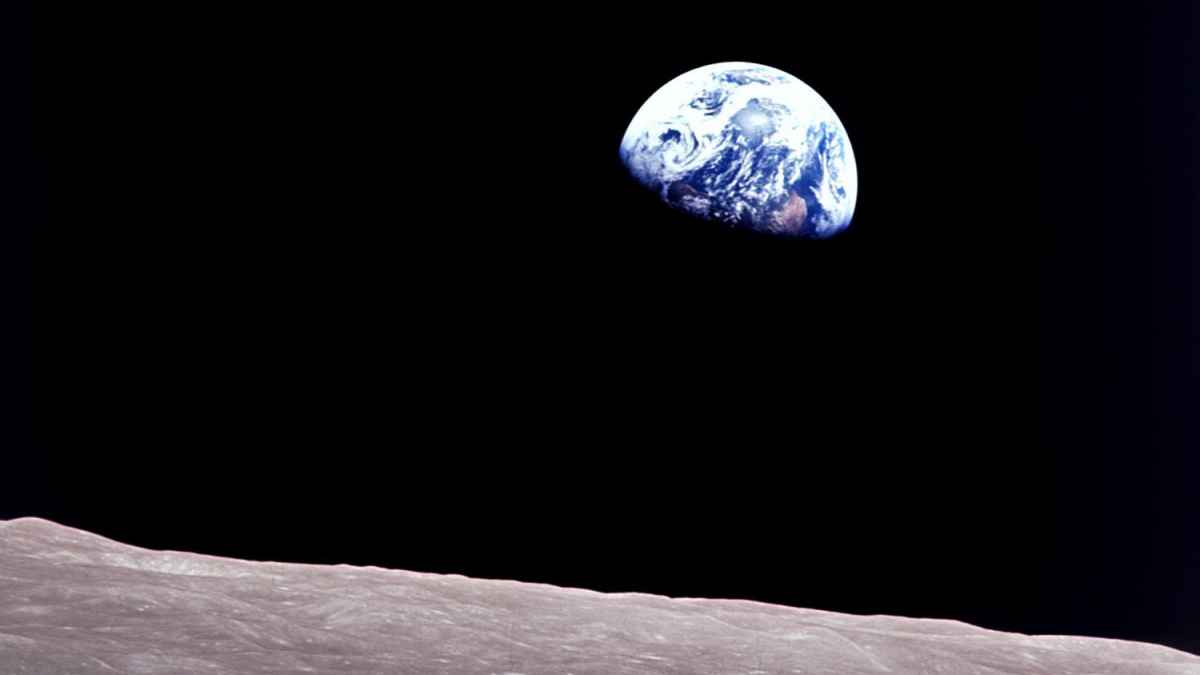
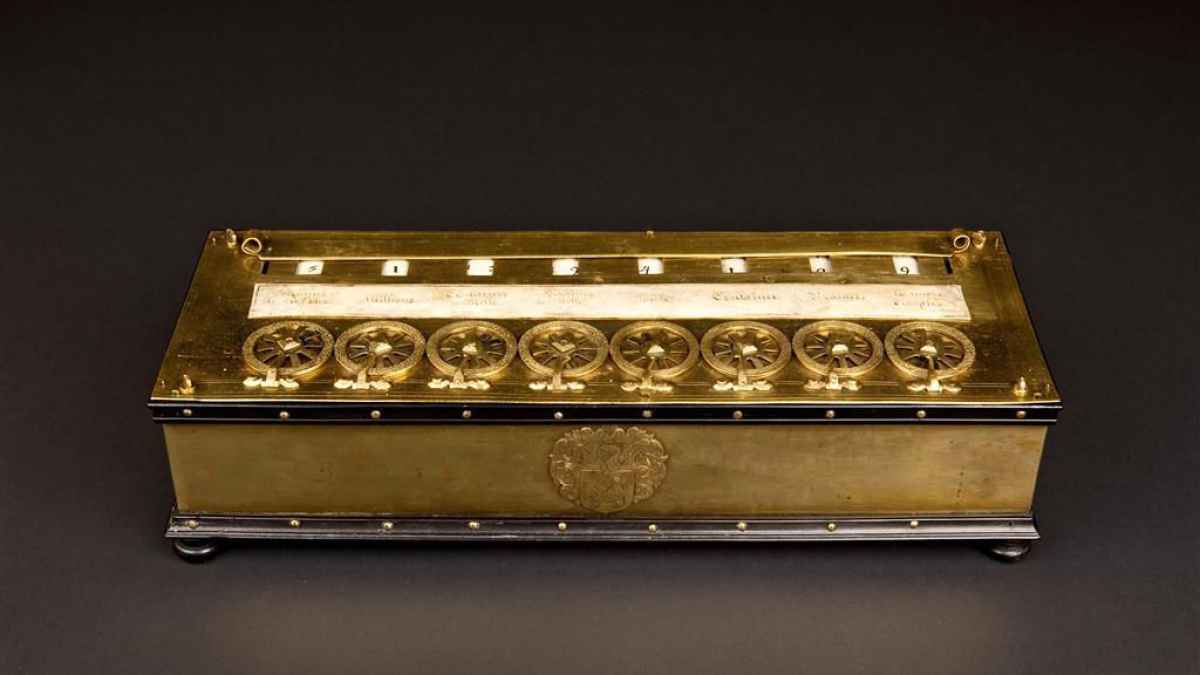
Imaginary Utopias
In July 1969, the Apollo 11 mission put an end to the race to the Moon. For two decades, images of the universe invaded the media. The acceleration of the conquest of space inspired creatives, who started to revisit the forms of our everyday objects. Plastic and fibreglass became the dominant new materials and new aesthetics appeared, inspired by astronauts’ helmets, rockets, planets and portholes completing the repertoire of forms. Confidence and criticism were mingled in the reactions to what seemed like the promises of technology. While Nasa was sketching out the possibility of a life for humans in space colonies, some avant-gardists were envisaging utopian, floating, ephemeral, connected cities for life on Earth. The conquest of space was only made possible after an enormous amount of work constructing a collective imaginary: from the fanciful tales of the authors of Antiquity to the novels of Jules Verne or H.G. Wells there is but a small step. Social science fiction in literature and film opens up the space-time dimension and creates a universe of uncertainty where the heroes have to find the path to survival between realism and fiction. The Space Opera featuring vast galactic empires where dramas play out between characters worthy of Greek tragedy completes the race for the imaginary.
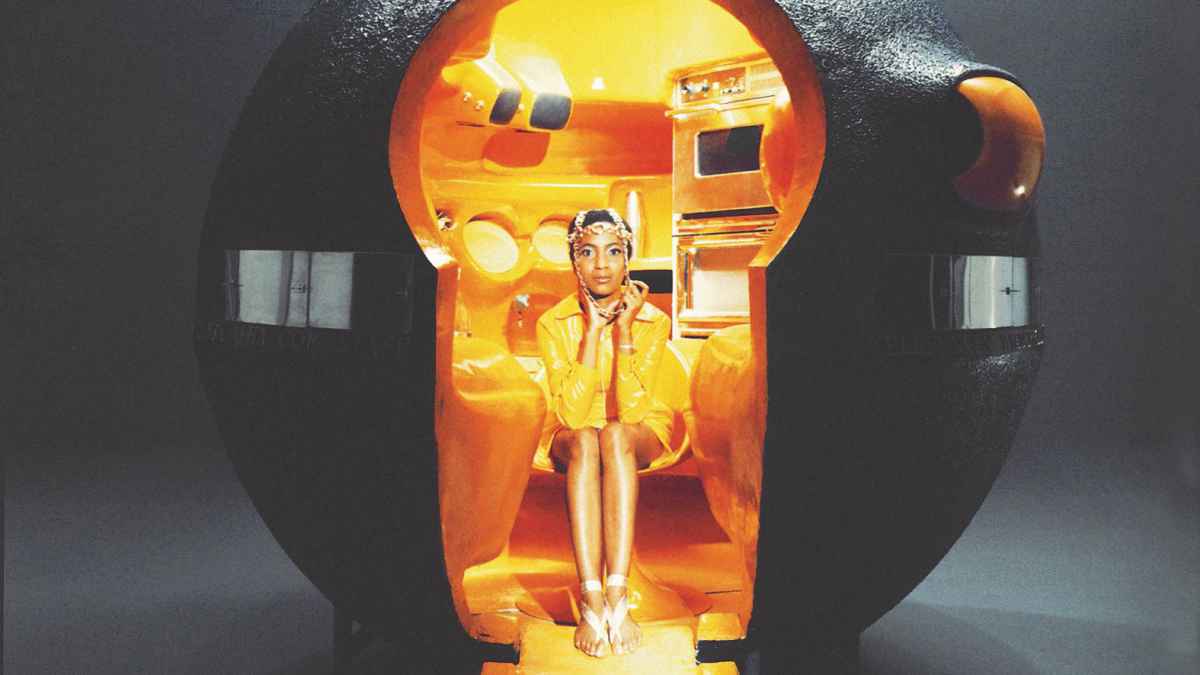
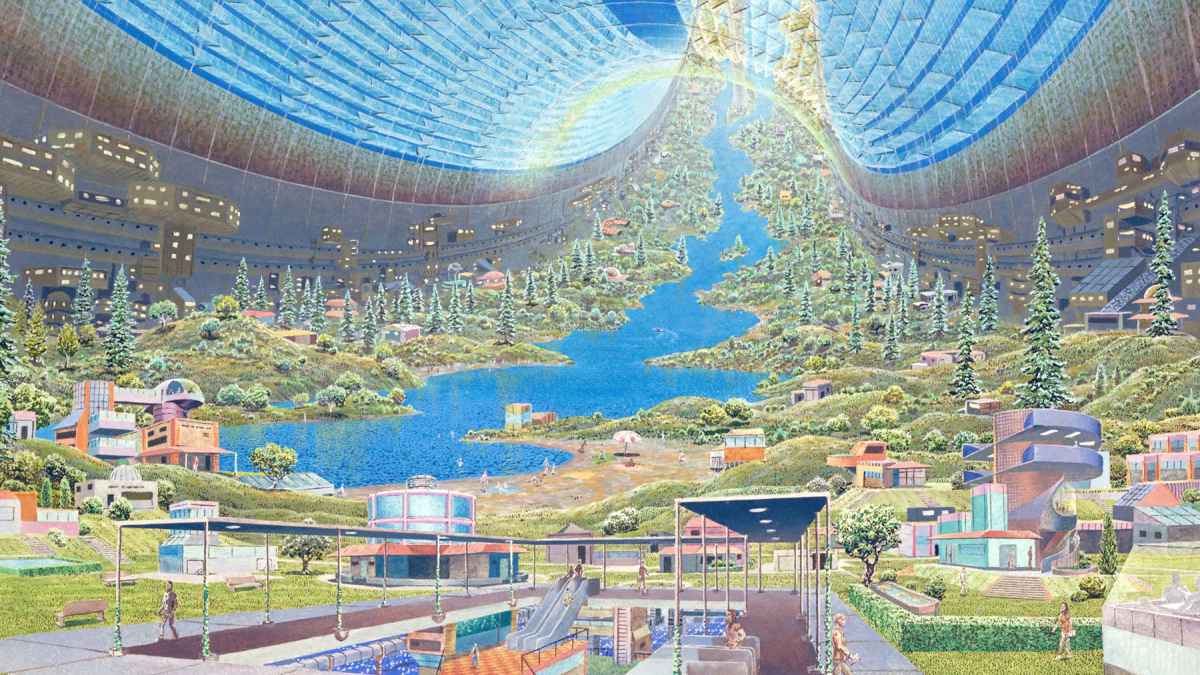
Living in Space(s)
The history of humankind is also that of the discovery of and adaptation to new virgin spaces ostensibly hostile to humans: arid lands, glacial regions, the oceans and finally, space. Today, the exploration of our world, the Earth, is largely complete. In the last half-century, human exploration has turned to the cosmos. As soon as we start talking of the durable occupation of a place rather than just temporary stays, the issues are no longer limited to survival and operational manoeuvres. Instead they encompass many other needs, such as ergonomics, comfort, work, hygiene, food, health and leisure. These subjects require joint work by engineers, architects and designers. The discovery of new territories and the competition that the space agencies have embarked upon are presented as challenges to creatives. New requirements, but also a new range of as yet unexplored possibilities release them from earth-bound constraints and standards such as gravity. And space tourism then becomes another step to be taken. The end-user of the facilities is now no longer a highly trained spaceship crew member, but a rich and demanding customer. The question of comfort and pleasure becomes crucial and needs the implemented solutions to be revisited.
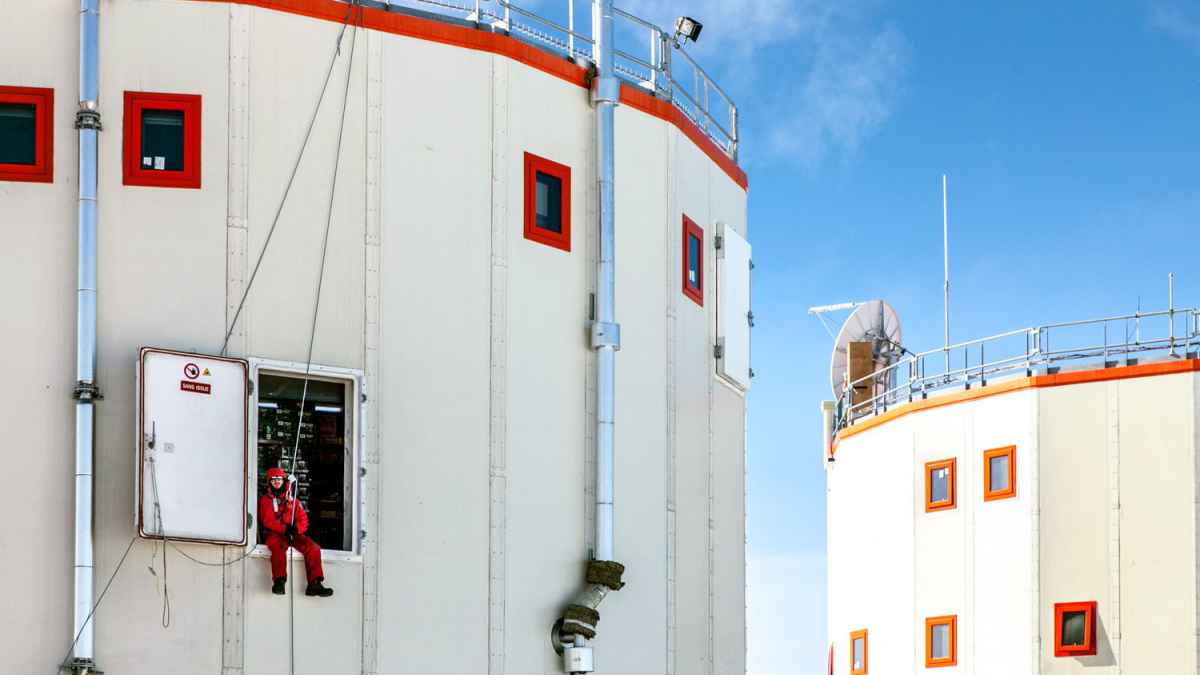
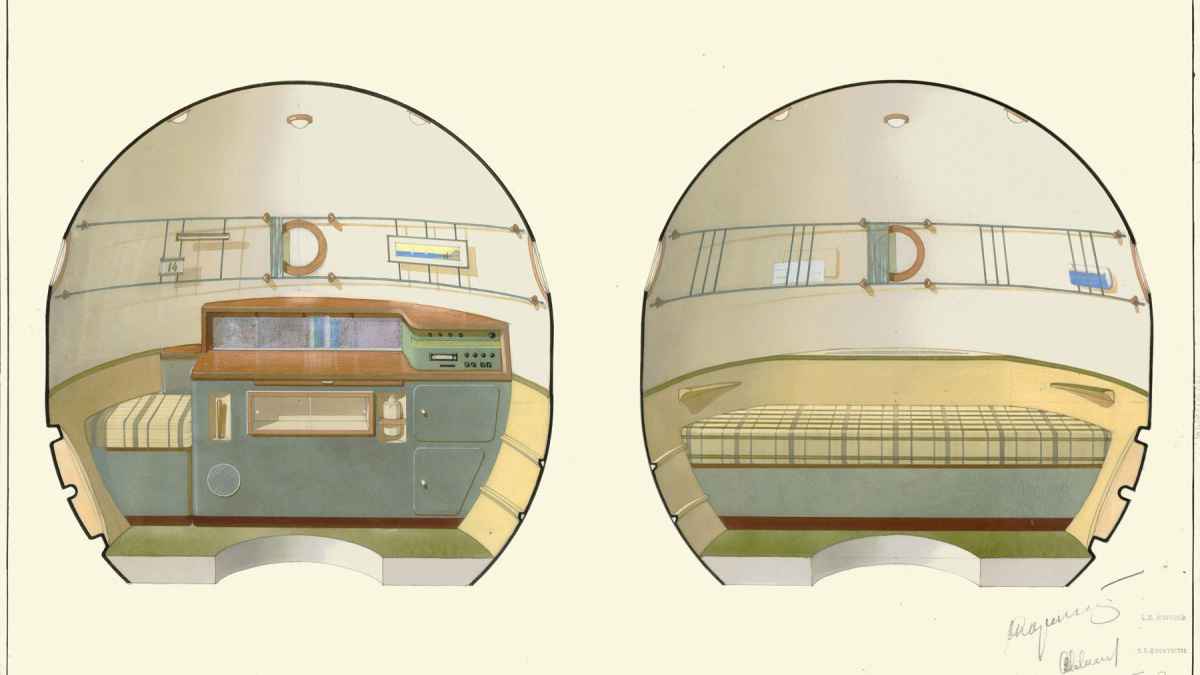
Return to earth
“Our Earth is a space vessel flying in space with limited resources. The problems are the same: a hostile environment we will have to live with, limited resources we will have to share, the need to get on and collaborate with the crew members in order to achieve our objectives” – Thomas Pesquet. Moving away from the Earth so that we can come back better. What do you feel when you see the Earth from space? What do you understand about our world? What can space exploration bring us? In 70 years of the conquest of space, we have walked on the Moon, sent satellites into space and put observatories into orbit. In return, the satellites are collecting data essential to our knowledge of climate change, sea level and deforestation. These observations must be used to help us control our impact on the environment at a time in the history of the Earth when human activities have had an impact on the climate and biodiversity of our planet. Moving away from the Earth also means looking at it differently and considering it, as architect Richard Buckminster Fuller puts it, as Spaceship Earth in the galaxy.
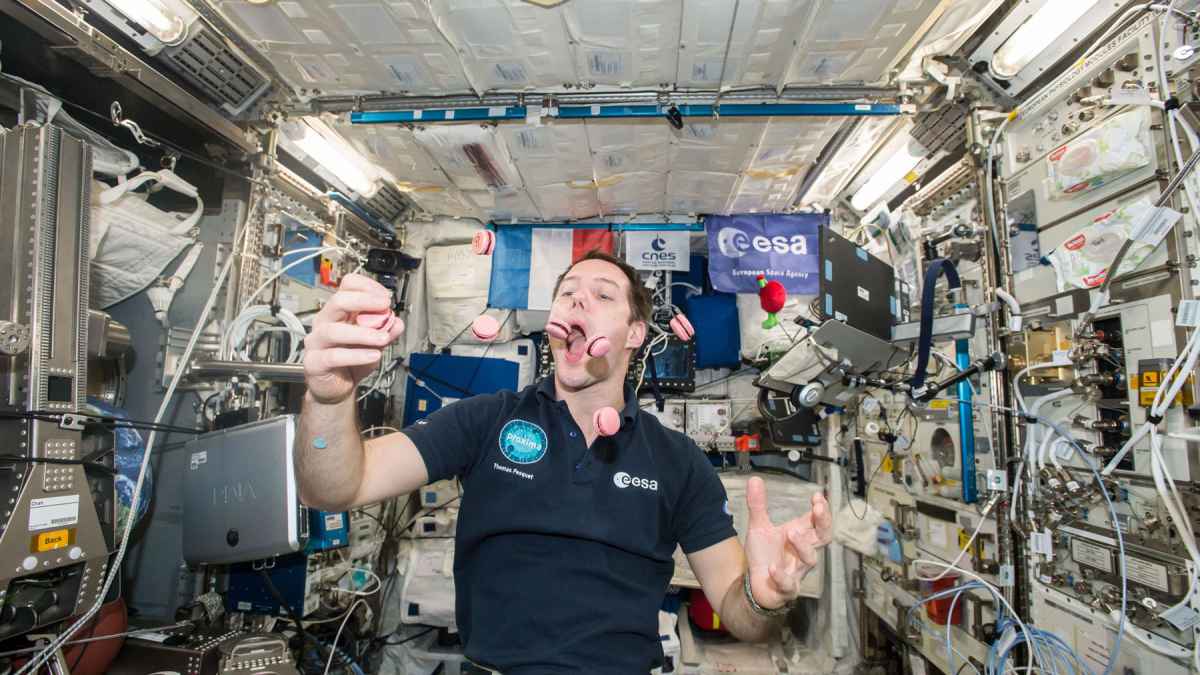
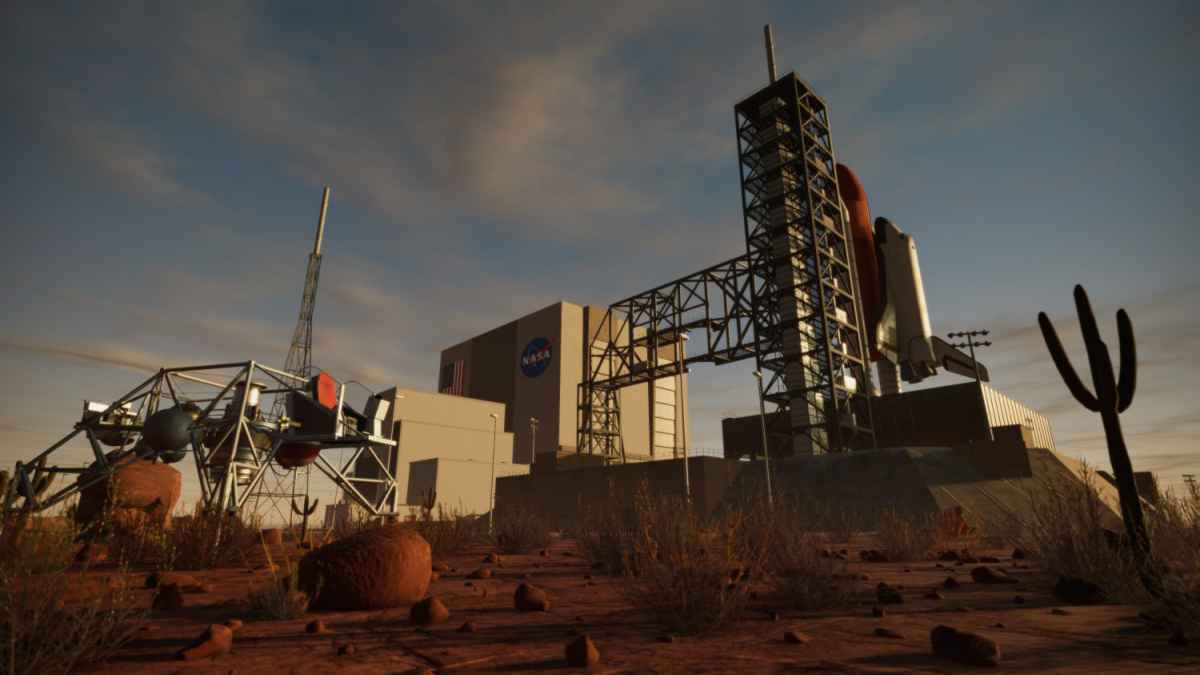
The partners of the exhibition
Bouyer Leroux
Bouyer Leroux groups together the "terracotta" activities of the Bouyer Leroux group, making the brand the French No. 1 on the wall brick, partition brick and chimney flue markets. In addition, Bouyer Leroux manufactures and markets terracotta facings and roof tiles. Bouyer Leroux donated 1,400 bricks, manufactured in the Loire region. The brick was chosen as the main element in the exhibition's scenography.
Evaveo
Evaveo is a technology company that distributes innovative digital content such as immersions in different virtual reality universes, interactions in 360-degree filmed locations, serious games and the discovery of fictional elements superimposed on reality thanks to augmented reality.
Based in Saint Didier au Mont d'Or, this creative studio advises, supports and produces memorable experiential solutions.
The team is constantly exploring new technologies in the fields of real-time 3D and web development, and shares its expertise and enthusiasm with passion.
"Evaveo supports all productions and realities born of a dream, a vision and uninhibited imagination. It is from this freedom that we build our reality. - Loïc Lextrait, Managing Director Evaveo
Evaveo has created an interactive virtual reality installation especially for Homo Spatius: Island Aircraft - a habitat between sea, land and sky. Like Neil Armstrong and other astronauts from the American Apollo space programme, train on board a model of the Lunar Landing Research Vehicle. An aircraft developed for lunar landing training.
In the midst of the most important rockets in history, you can sit in a cockpit to pilot this experimental aircraft yourself and experience the sensations of take-off, flight and landing through virtual reality. Beware, however, that you will have to watch your fuel gauge... A memorable sensory experience.
Ino VR
Ino VR is a Lyon-based company providing virtual reality solutions, services and equipment for professionals. Ino VR contributes to the operation of Evaveo's Island Aircraft facility with the loan of virtual reality equipment.
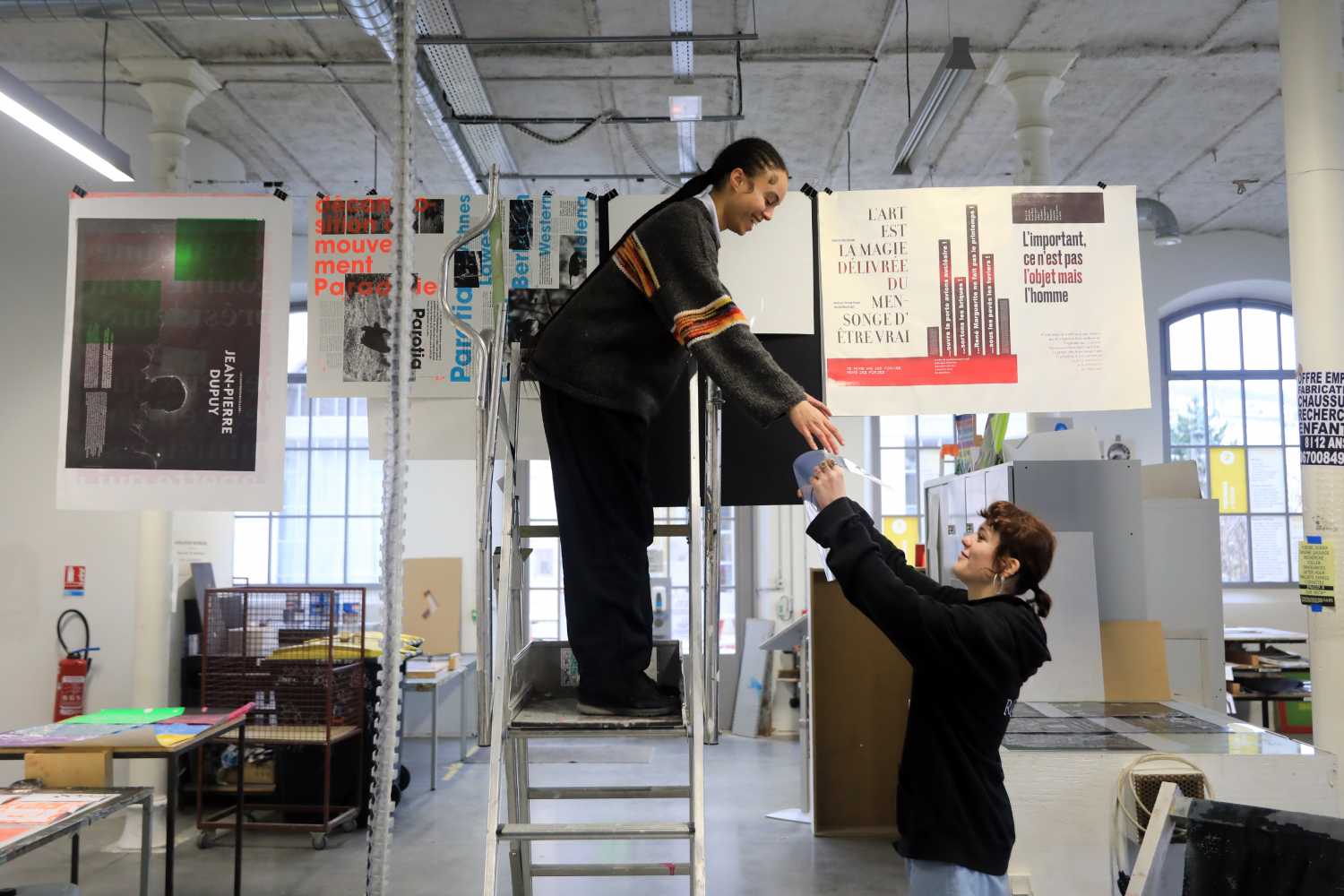
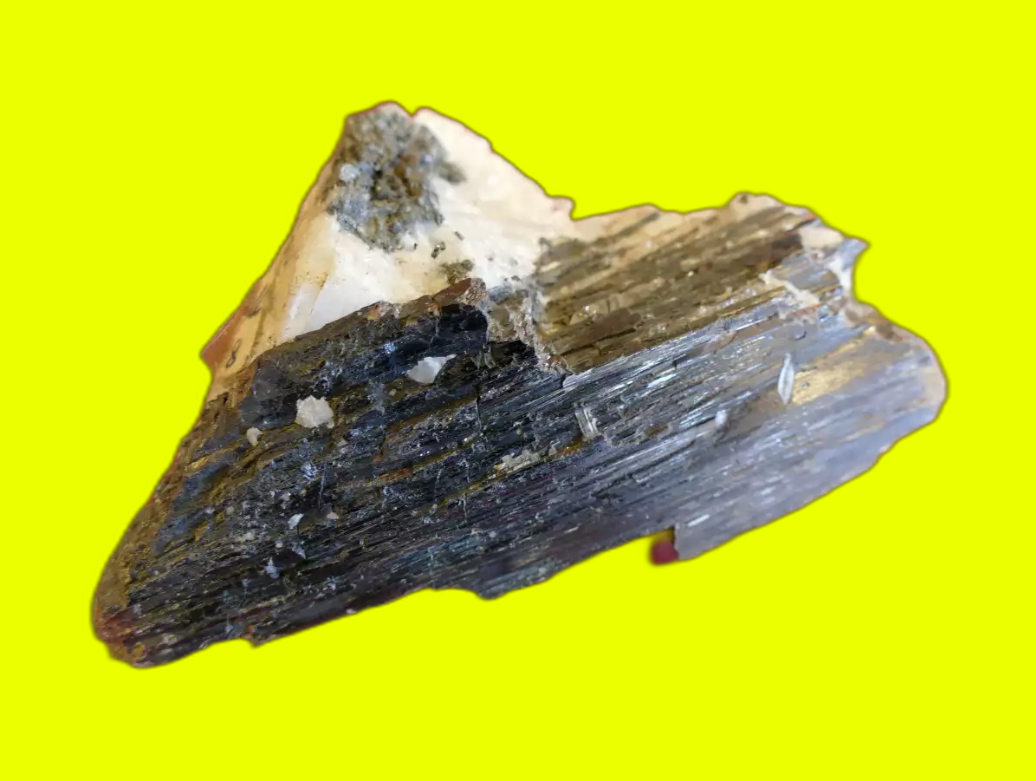

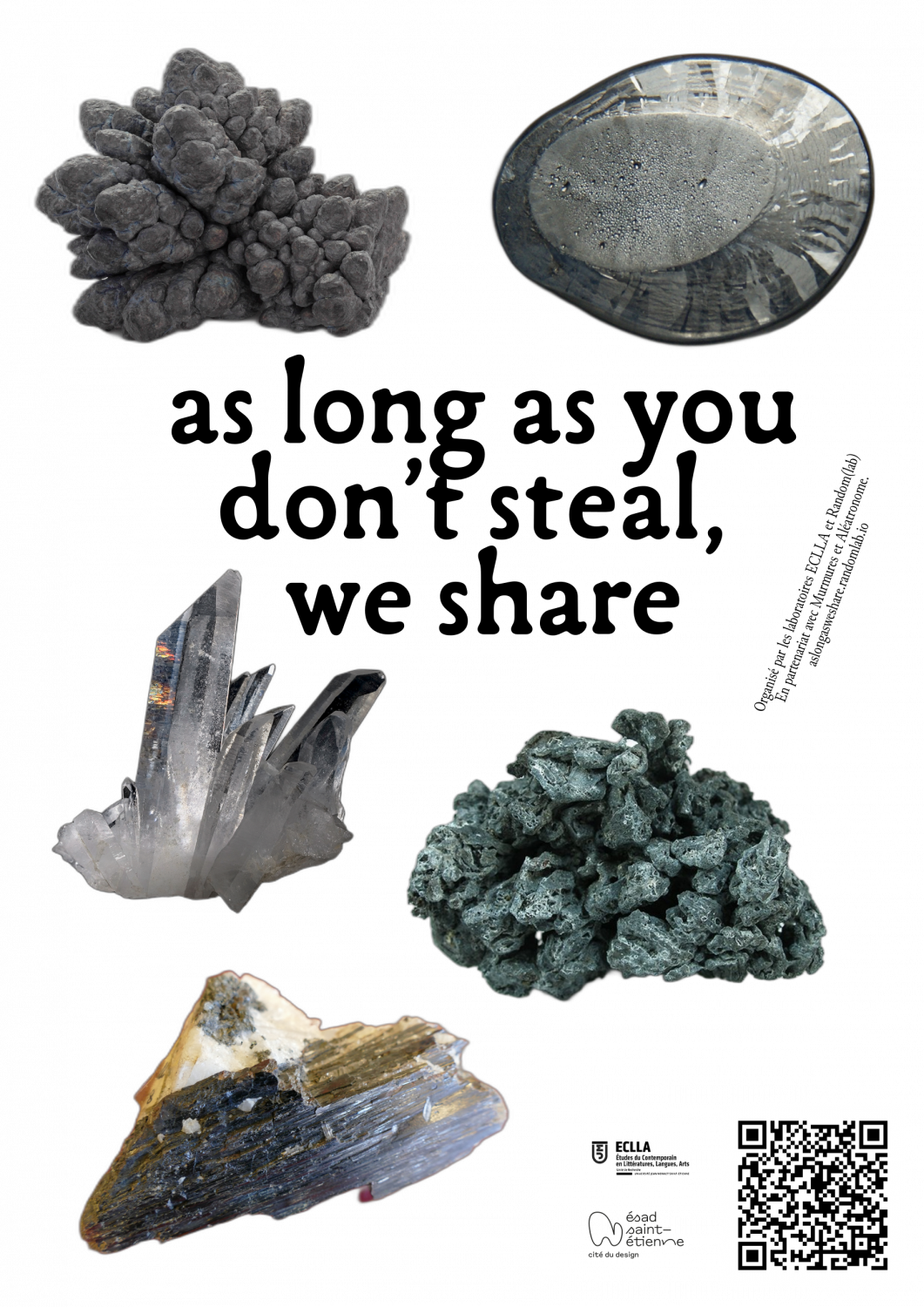
Votre navigateur est obsolète, l’affichage des contenus n’est pas garanti.
Veuillez effectuer une mise à jour.


